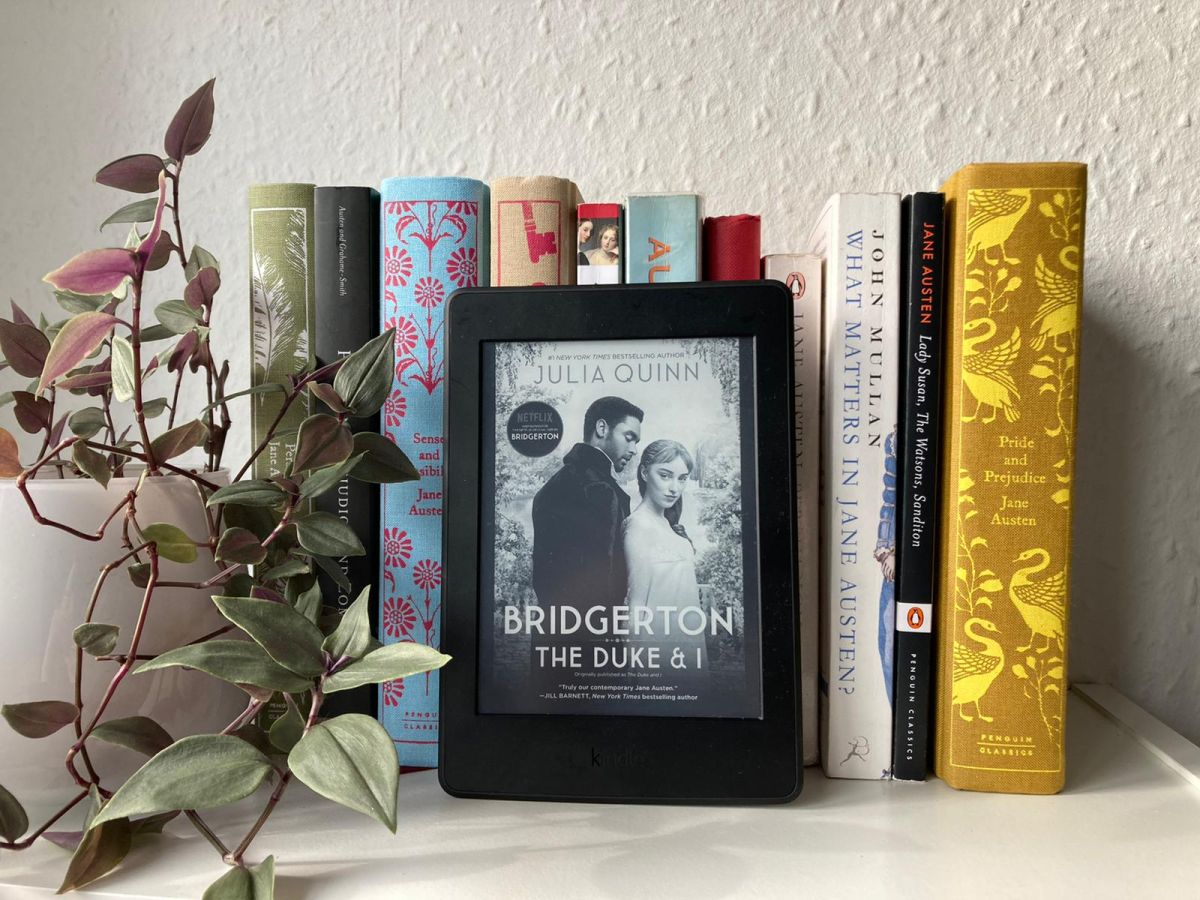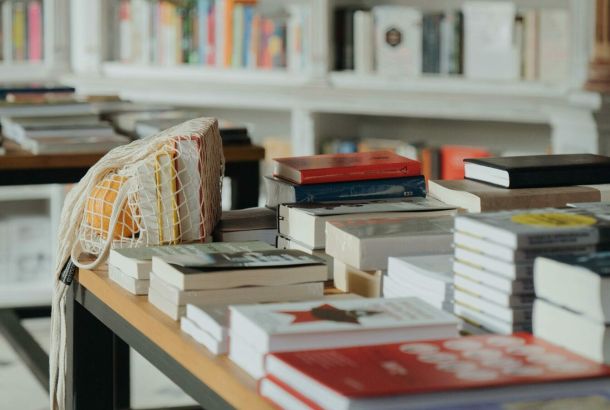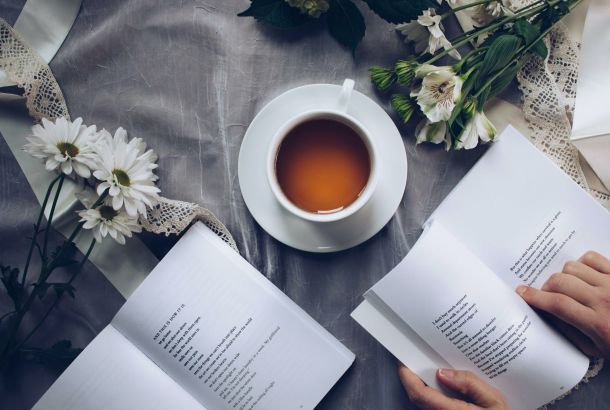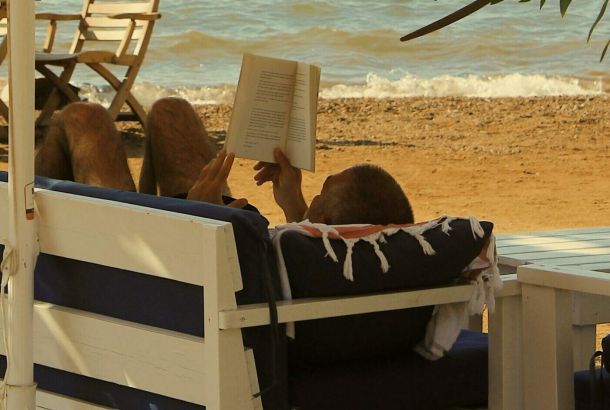Bridgerton the book: blue eyes, boobs and bigotry

I watched the Bridgerton series at the start of lockdown 3 (like the rest of the world). However, as a fan of regency era romances, I also had to read the Julia Quinn novel it is based upon. It seems like everyone else has had the same idea. Following the success of the Netflix show, the first book in the Bridgerton series has already spent four weeks at the top of the New York Times Best Sellers List.
The Bridgerton family consists of eight siblings and their widowed mother. There are nine books: one book for each one of the sibling’s search for love and then The Bridgertons: Happily Ever After. The final book is a collection of eight ‘second epilogues’ and a short story about Violet, the Bridgerton matriarch. Apparently, readers still hadn’t had enough of the happy endings.
I read the first book, The Duke and I (as well as the 2nd epilogue for the story, which I was ‘lucky’ enough to have included in my version), which was published in 2000. It loosely tracks the first series of the Netflix show. While aspects of the Bridgerton series were fantastic, aspects were problematic. I wanted to discover which parts were true to the novel, and which were invented for the screen.
When the Duke and Daphne meet (a moment you may imagine is romantic) Simon literally cannot stop commenting on her boobs. He is unable to focus on what she is saying – even as she is standing next to an unconscious man – because her breasts really are that perky. It would be comical if it wasn’t so uncomfortable. I couldn’t help but think, ‘Are we really supposed to view him as the novel’s hero?’
Julia Quinn uses free indirect discourse, employed so famously by Jane Austen. However, here it is used so that we can be assured that the Duke is looking at Daphne’s tits. Mr. Darcy would never. Daphne meanwhile, thinks only about his very blue eyes. Perhaps unsurprisingly given the unprogressive nature of the entire book, all the cast are white. Potentially an argument could be made for historical accuracy, but given that The Duke and I is a far cry from historically accurate, this does not hold.
The long opening scene is a ball, in which men are painted out to be the victims of preying women. For want of subtlety, there are repeated animal metaphors used to describe women, often from the perspective of the Duke. He also makes constant collective remarks about women ‘in general’. The tone of the scene is perhaps supposed to be funny, but it fails and is just sexist. Painting all women as desperate for the attention of men detracts from the financial reality of their often precarious situations.
Daphne is possibly even more boring in text than on screen, though she does punch quite a lot of men. If this is supposed to make up for the general misogynist messages in the book, it doesn’t work. In some ways, Simon gets more depth. He is constantly called a ‘rake’ which, though accurate, is overused to a point that it becomes painful to read. However, his constant battle with his stammer, which is dismissed as a thing of his childhood in the series, is given more attention.
Overall it is fair to say that there is even less plot in the book than in the series. Many of the series’ characters are not present – there is no Queen, no Prince, we see very little of the Featheringtons (Mr Featherington is, in fact, long dead) and we don’t even hear very much from the other Bridgerton siblings (Eloise literally does not speak). The book is mostly dialogue and entirely focused on the romance plot.
There is, however, still a lot of sex. On the night of their wedding, the Duke ‘felt her maidenhead give way’. To perpetuate myths about virginity in a novel written in the year 2000 is shocking. Similarly, the unacknowledged rape scene in the book, which is to then be included in the series, is appalling. There is no doubt in the book that this is sexual assault: ‘Daphne felt the strongest, most intoxicating surge of power. He was asleep, and probably still more than a little drunk. She could do whatever she wanted with him.’ Before he climaxes, he gives her a ‘pleading sort of look’. This scene is not used, in book or series, to open a conversation about consent or marital rape. Instead, all is quite quickly forgiven in favour of a happy ever after.
Perhaps the plots keep getting thicker in the following books in the series. Book two, The Viscount Who Loved Me, is all about eldest brother Anthony (have I reiterated that all the siblings are named in alphabetical order? C’mon). Book three is about Benedict and is literally a version of Cinderella, so perhaps one should keep expectations low. And if you STILL haven’t had enough, there are the Lady Whistledown novellas: The Further Observations of Lady Whistledown and Lady Whistledown Strikes Back. Either way, Netflix has got enough material for a few more seasons yet.
The Duke and I is an example of the rare occasion when the series really is better than the book, so for now, stick to Netflix. If you need some regency reading, instead turn to Jane Austen.







